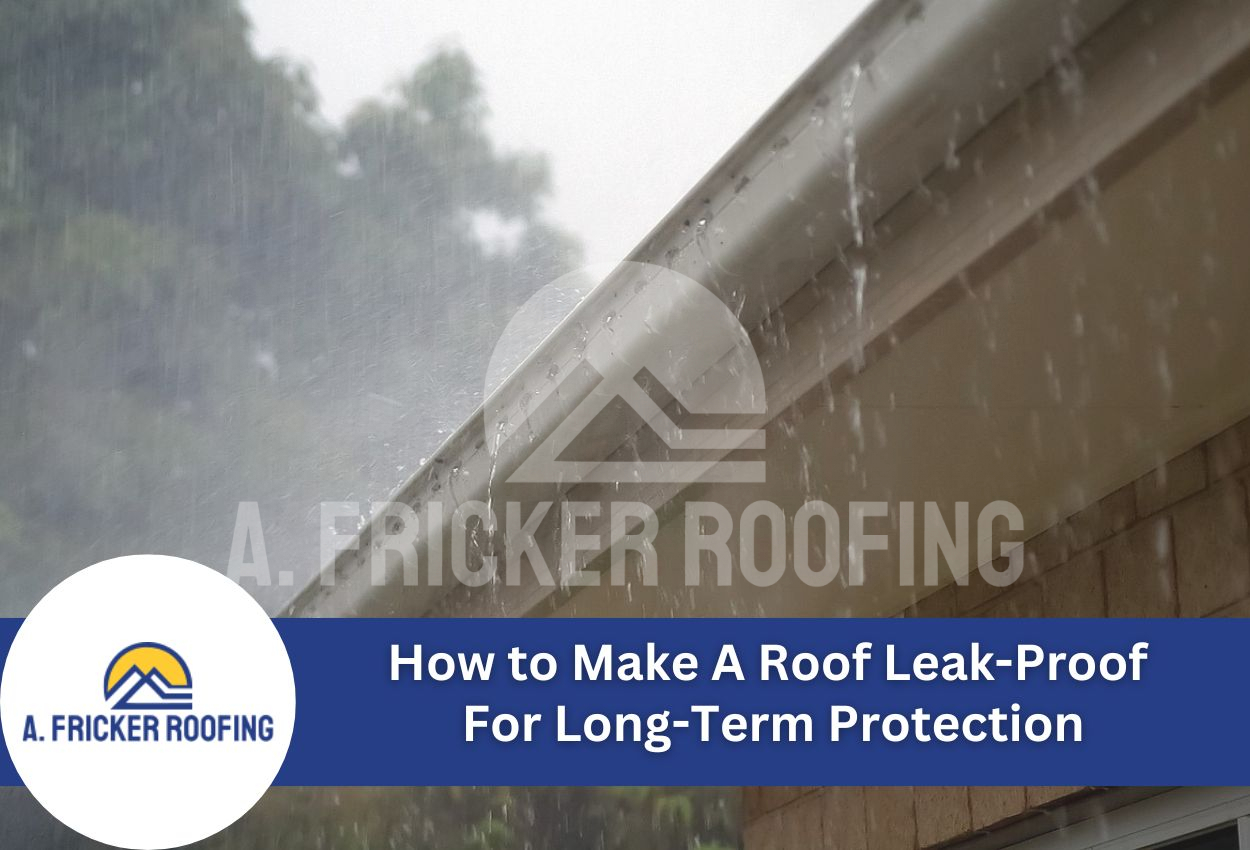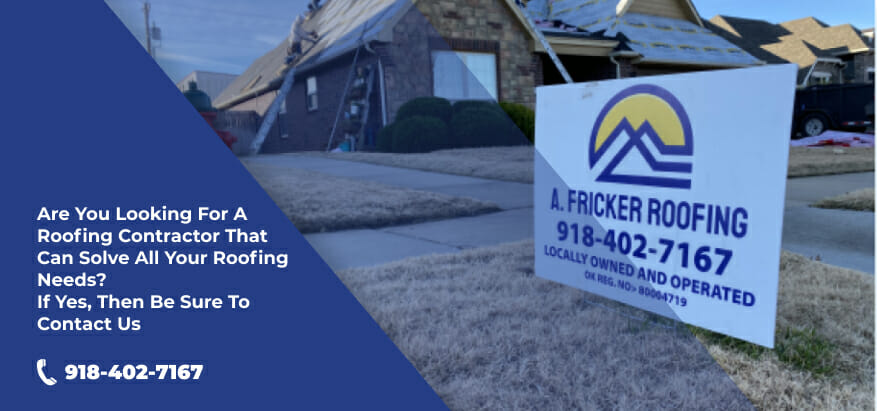Water damage from roof leaks can devastate a home’s structure and drain thousands from household budgets. Most homeowners discover leaks only after water has already entered their living spaces, causing damage to ceilings, walls, and personal belongings. The reality is that small vulnerabilities in roofing systems often go unnoticed until they become major problems requiring extensive repairs.
Understanding how to make a roof leak-proof requires knowing where water infiltration typically occurs and which waterproofing methods provide the most reliable protection. Common leak sources include damaged shingles, compromised flashing around chimneys and vents, clogged gutters, and deteriorated sealants. These weak points allow moisture to seep through protective barriers and into the home’s interior.
Professional roof sealing techniques combined with quality waterproof roofing materials create multiple layers of defense against water intrusion. Proactive homeowners who implement these waterproofing measures can prevent roof leaks before they start, protecting their investment and avoiding expensive emergency repairs.
The key to permanent leak prevention lies in addressing vulnerabilities systematically rather than applying temporary fixes to obvious problems.
DIY Roof Inspection Techniques to Identify Vulnerable Areas
Conducting roof inspections helps identify potential leak zones before water damage occurs. A thorough visual examination should begin with the roof surface, checking for cracked, missing, or curled shingles that compromise the primary water barrier. Look closely at areas where different roofing materials meet, as these transitions often develop gaps over time.
A flashing inspection involves looking around chimneys, skylights, vents, and dormers where metal strips seal joints between the roof and vertical surfaces, looking for rust, separation, or loose sections that allow water penetration. These roof areas depend on properly sealed connections to prevent leaks effectively.
Penetration points where pipes, wires, or mounting hardware pass through the roof surface are also common failure zones. Check rubber boots and sealants around these areas for cracks or shrinkage that create entry points for moisture, as deteriorated caulking and hardened sealants lose their flexibility and protective qualities over time.
On the main roofing material itself, early warning signs include granule loss on asphalt shingles, exposed nail heads, and loose or missing components. Professional roof sealing techniques often become necessary when multiple vulnerabilities exist across the roofing system, though regular inspections help homeowners fix minor issues before they require extensive repairs.
Professional-Grade Waterproofing Materials That Deliver Lasting Results
The right waterproof roofing material depends on your specific roof type and local climate conditions. For flat or low-slope roofs, compatible patching kits provide excellent flexibility and resistance to temperature fluctuations. These repair materials maintain their waterproof properties across extreme weather conditions, restoring the flat roof membrane completely.
Liquid sealants work exceptionally well for small fixes around roof penetrations, valleys, and transitions. These self-leveling products flow into small cracks and gaps, creating seamless barriers that conform to irregular surfaces. Acrylic and silicone-based sealants provide different benefits, with silicones offering superior UV resistance and acrylics providing better adhesion to various substrates.
In certain cases, compatible primers are needed to ensure maximum adhesion between existing surfaces and new waterproofing materials. These high-quality adhesives create strong bonds that resist wind uplift and thermal cycling, guaranteeing the waterproofing methods deliver long-term protection.
Proven Sealing Methods for Common Leak Points
Different roof areas require specific sealing approaches to achieve reliable waterproof protection. Mastering proper flashing installation around chimneys begins with creating stepped flashing that follows the roofline angle while maintaining adequate overlap with existing shingles. Each piece should overlap the previous section, with counter-flashing embedded into mortar joints to prevent water from running behind the metal barrier.
Vents need different sealing techniques using rubber boots or metal flanges that conform to pipe dimensions. Quality installations feature multiple sealant layers applied in specific sequences, starting with roofing cement beneath the flashing, followed by shingle integration, and finished with weather-grade caulking around exposed edges. These roof waterproofing methods create redundant protection against moisture infiltration.
Skylights require specialized perimeter flashing systems that channel water around the opening and back onto the roof surface. Advanced membrane application involves creating custom-shaped patches that extend well beyond the rough opening, incorporating corner reinforcements that accommodate structural movement without compromising the seal integrity.
Valley sealing requires understanding water flow patterns and materials that can handle concentrated runoff. Synthetic underlayments combined with metal valley flashing create effective drainage channels, while proper overlap techniques ensure shingle edges are protected. These techniques prevent roof leaks by addressing areas that are most vulnerable during heavy precipitation.
Weather-Resistant Application Techniques for Maximum Effectiveness
Successful waterproofing applications depend heavily on environmental conditions during installation and the initial curing period. Temperature ranges between 50 and 85 degrees Fahrenheit provide the best conditions for most roof waterproofing, allowing proper material flow and adhesion without compromising chemical reactions. Extreme temperatures can cause sealants to become too thick for proper application or cure too quickly before achieving full surface contact.
Humidity levels also impact curing times and bond strength for many waterproof roofing materials. High moisture conditions can interfere with solvent evaporation and cross-linking processes, while extremely dry environments may cause materials to skin over before penetrating surface pores. Winds above 15 mph create application challenges with spray-applied products and can introduce debris into wet sealant layers.
Surface preparation begins with thorough cleaning to remove dirt, loose materials, and previous coating residues that prevent complete adhesion. Washing followed by complete drying creates clean substrate conditions for maximum bond strength. Moisture testing using electronic meters helps verify surface readiness, as trapped moisture beneath new waterproofing layers often leads to premature failure.
The primer application creates the critical interface between existing surfaces and new waterproofing systems. These specialized products penetrate porous substrates and provide enhanced adhesion for subsequent material layers. Sufficient primer coverage and cure times establish the foundation for long-lasting roof leak prevention throughout seasonal weather cycles.
Maintenance Strategies to Preserve Your Leak-Proof Roof System
Maintaining a leak-proof roof requires consistent attention throughout the year to preserve waterproofing integrity and prevent expensive repairs. Seasonal maintenance schedules help homeowners stay ahead of potential problems by addressing wear patterns before they compromise the roofing system. Spring inspections should focus on winter damage, checking for ice dam effects, loose shingles, and damaged flashing that may have shifted during freeze-thaw cycles.
Fall preparation involves clearing gutters and downspouts of accumulated debris that can cause water backup and ice formation. Remove leaves, branches, and granules from roof surfaces to prevent moisture retention and organic material decomposition. These roof leak prevention tips are especially important as temperatures drop and water is more likely to freeze in vulnerable areas.
Routine touch-ups extend the life of existing waterproof roofing materials between major renovations. Small cracks can be addressed with compatible caulk or sealant products applied during dry conditions. Replace individual damaged shingles promptly to maintain the continuous water barrier, ensuring new materials match existing specifications for seamless integration.
Professional roof sealing may be necessary for larger maintenance projects, but homeowners can generally handle minor repairs with the right materials and techniques. Regular cleaning prevents debris accumulation that accelerates material deterioration, while documentation of problem areas helps identify patterns requiring professional attention. These roof waterproofing methods focus on prevention rather than reaction, maintaining the roofing system through proactive care rather than emergency repairs.
When to Call Professionals vs. DIY Waterproofing Solutions
Determining whether to tackle roof waterproofing as a DIY project or hire professionals requires an honest assessment of the project complexity and your personal capabilities. Simple tasks like caulking around small penetrations or replacing individual shingles may suit experienced homeowners with proper tools and safety equipment. However, complex roof configurations with multiple levels, steep pitches, or extensive damage typically exceed DIY skill levels and create significant safety risks.
Safety considerations should drive the decision-making process, as roof work involves fall hazards, electrical risks near power lines, and potential structural complications. Professional roofing contractors have specialized equipment, insurance coverage, and training to work safely in challenging conditions. Homeowners attempting advanced roof sealing techniques without previous experience often create additional problems that increase repair costs and compromise surrounding roofing materials.
Building codes and permit requirements frequently mandate professional installation for major waterproofing projects. Many jurisdictions require licensed contractors for structural modifications, electrical work around roof-mounted equipment, and installations affecting fire ratings or energy efficiency standards. Warranty protection also depends on proper installation by qualified professionals, as manufacturer guarantees often become void when DIY methods fail to meet specifications.
Additionally, project complexity increases dramatically when multiple roof waterproofing methods must integrate seamlessly across different materials and substrates. Professional expertise is essential for comprehensive leak prevention systems that include multiple components. While simple maintenance tasks are suitable for DIY approaches, systematic waterproofing requires professional knowledge to prevent roof leaks effectively.
Protect Your Home with Expert Roof Waterproofing Services
If you’re concerned about protecting your home from water damage, understanding how to make a roof leak-proof is crucial. At A. Fricker Roofing and Waterproofing, we specialize in providing top-tier roof waterproofing to prevent leaks and extend the lifespan of your roofing system. Our team uses the latest roof sealing techniques and the best waterproof roofing materials to ensure your home stays dry and secure.
Don’t wait for the first sign of a leak to take action. Regular maintenance and professional waterproofing can save you from major repairs in the future. Call us today at (918) 402-7167 to schedule a comprehensive roof inspection and to discuss our effective roof leak prevention tips. Let A. Fricker Roofing and Waterproofing help you maintain a durable, leak-proof roof.

